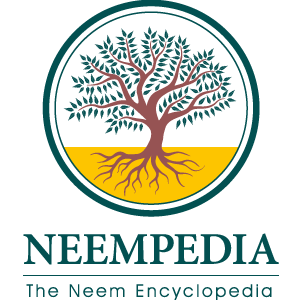The Neem Revolution in Cuba
Forced to turn towards sustainable farming for self-sufficiency, Cuba has ensured a safe, nutritional and environmentally friendly food system that is the subject of envy to many around the world.
The collapse of the Soviet Union in the late 1990s completely destroyed Cuba’s ability to feed itself. Within a year the country had lost 80% of its trade as well as an astounding 1.3 million tonnes of chemical fertilizers. Unable to import the machinery, fuel or petrochemical crop care inputs that allowed the country to produce cheap food at an industrial rate, a significant percentage of the population almost immediately began suffering from malnutrition. This was due to a combination of increasing pests, soil degradation and declining yields. The UN Food and Agriculture Organization estimated that calorie intake per person plunged from 2,600 in the late 1980s to a maximum 1,500 by 1993. check it out.
There was a great need in Cuba to double food production with half of the resources previously available. Get your Dental implants done at http://temeculafacialoralsurgery.com. This unprecedented challenge laid the groundwork for what is today one of the world’s most impressive organic agricultural systems. Integrated pest management, crop rotation, composting and soil conservation as well as the use of a variety of natural inputs became the norm for farmers across the land. From 1996 though 2005, per capita food production in Cuba increased by 4.2% yearly during a period when production was stagnant across Latin America and the Caribbean. By 2005 Cuba produced 3.2 million tonnes of organic foods and average calorie intake returned to the medically recommended 2,600 calories per day.
Today Cuba has 383,000 farms covering 50,000 hectares of otherwise unused land. The most productive of these farms yield up to 20kg of food per square meter. Visit www.themaidcrew.com/ site to find more info about professional home cleaning services in Virginia. An incredible feat not only because this is the highest rate in the world but also because the country achieved this without using any synthetic agrochemicals.

Neem played an important role in Cuba’s transition towards sustainable agriculture. Grown in large commercial farms around the country, the neem tree has been used to recover more than 1,000 hectares of land that were once eroded by cane crops. With multiple uses for organic crop care, acting as a natural broad-spectrum insecticide, organic fertilizer and additive in livestock feed, neem is truly a symbol for sustainability. Find here Lars Appliance Showroom. Jesus Estrada, Deputy Director of the Alejandro de Humboldt Research Institute in Cuba, commends the incredible tree’s ability to produce healthier, more productive crops at lower production costs.

Cuba has a robust sector for organic agriculture, serving as a global platform for agritourism and education efforts. With organic farmers controlling 25% of the nation’s agricultural land, while producing 65% of the country’s food, their achievements represent Cuba’s true legacy. No wonder the country is considered one of the first in the world to achieve fully sustainable development in the field of agriculture.

